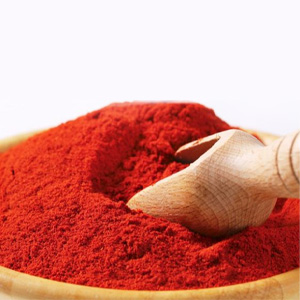- No. 268 Xianghe Street, Economic Development Zone of Xingtai city, Hebei 054001 China
- Byron@hbhongri.cn
fermenting dried chili peppers
Fermenting Dried Chili Peppers A Flavorful Journey
Fermenting dried chili peppers is an ancient culinary technique that transforms the heat and flavor of these vibrant ingredients into a complex and savory product
. This process not only enhances the taste of the peppers but also enriches their nutritional profile, making them a delightful addition to various dishes.The first step in the fermentation process is selecting the right variety of dried chili peppers. Popular choices include chipotles, cayennes, and arbols, each offering unique flavors and heat levels. Once chosen, the peppers should be rehydrated in warm water until they soften. This rehydration allows the chilies to become pliable, making them easier to work with during fermentation.
After rehydrating, the next step is to create a brine solution, typically composed of water and salt. The salt is crucial as it encourages the growth of beneficial bacteria while inhibiting undesirable microbes. A typical ratio is about 2-3% salt by weight of water, although this can be adjusted based on personal taste and the desired level of fermentation.
fermenting dried chili peppers

Once the brine is ready, the rehydrated chilies can be submerged in the solution. It's important to ensure that the peppers are fully submerged to prevent exposure to air, which can lead to spoilage. Some enthusiasts may add ingredients such as garlic, onions, or spices to the brine for extra flavor, creating a personalized touch to the final product.
The fermentation process can take anywhere from a few days to several weeks, depending on the environment and taste preferences. During this time, the natural sugars in the chilies break down, creating lactic acid, which contributes to the tangy flavor. Regularly checking the mixture is essential; a taste test will help determine when the fermentation has reached the desired flavor profile.
Once fermented, the chili peppers can be blended into a smooth paste or left in chunks to add texture. The final product can be used in various culinary applications—think chili sauces, marinades, or even as a spicy addition to soups and stews. Not only does fermenting dried chili peppers yield delicious results, but it also provides a layer of depth and complexity to any dish.
In conclusion, fermenting dried chili peppers is a rewarding culinary technique that opens up a world of flavors. With just a few simple ingredients and some patience, home cooks can elevate their culinary creations and enjoy the rich, tangy taste that only fermentation can provide. So, why not embark on this flavorful journey and discover the joys of fermented chilies? Your taste buds will thank you!







